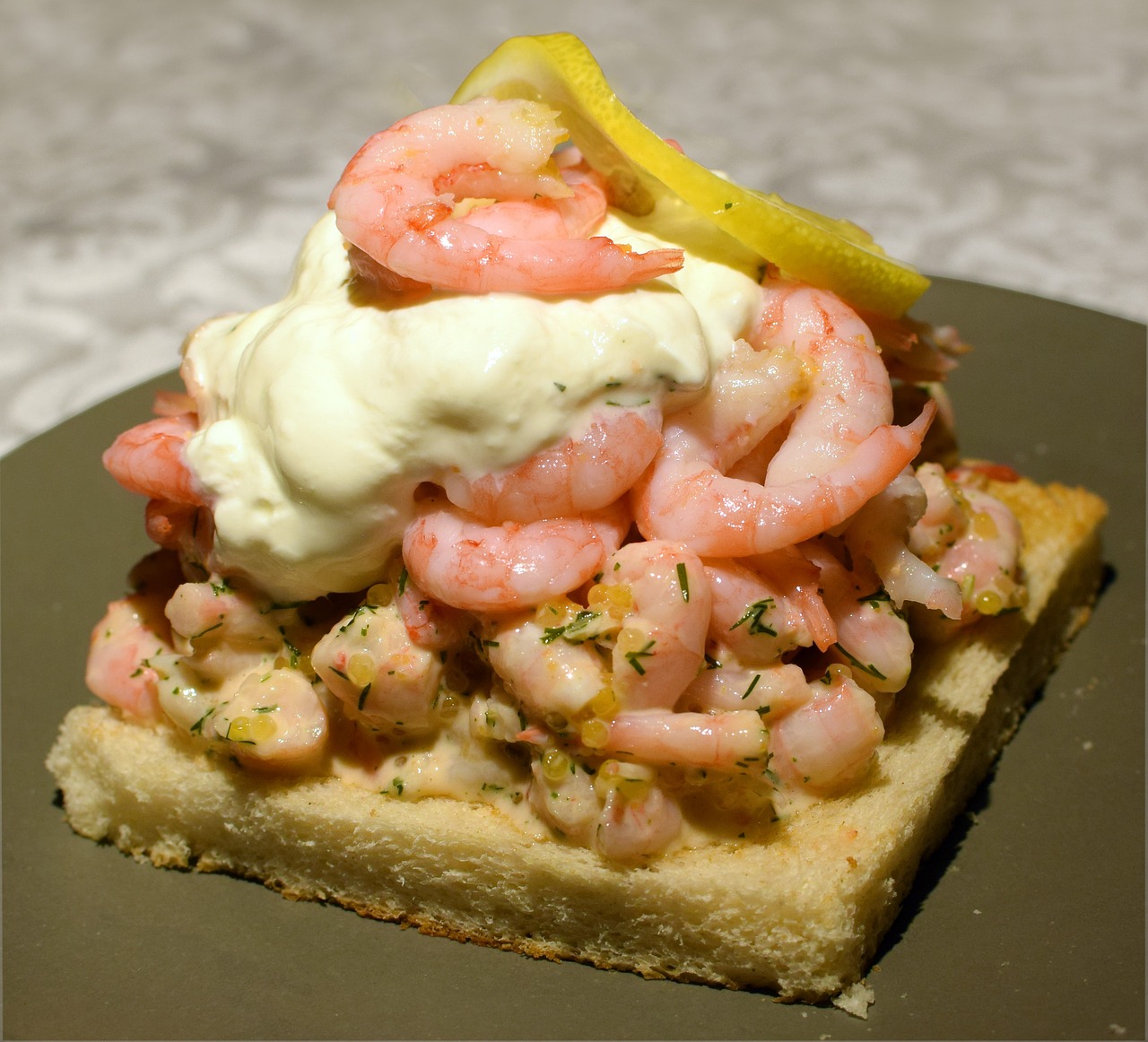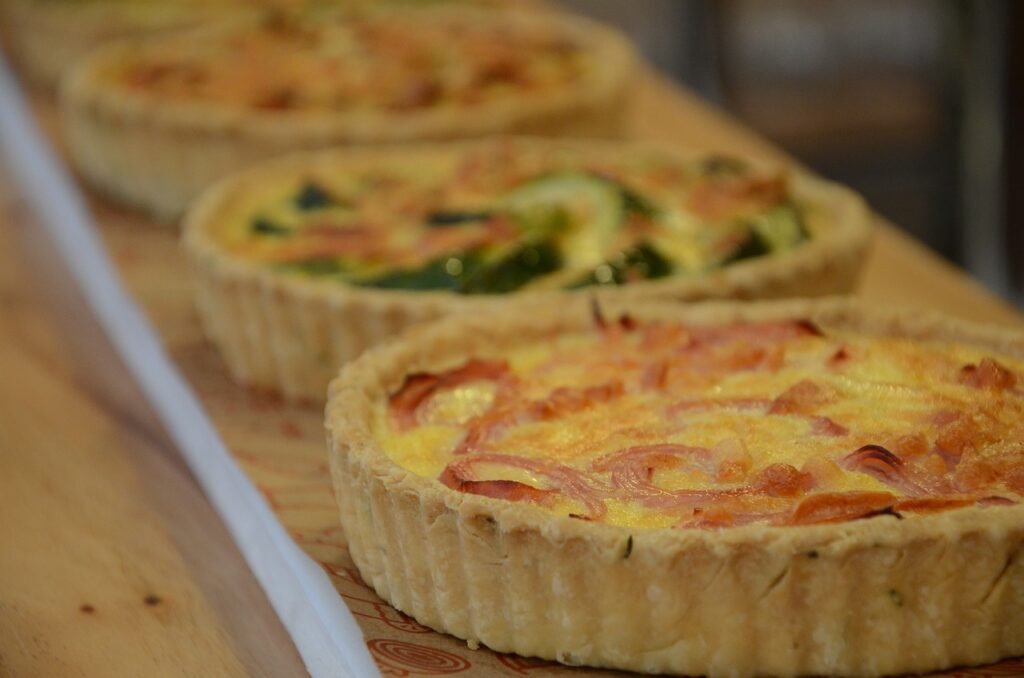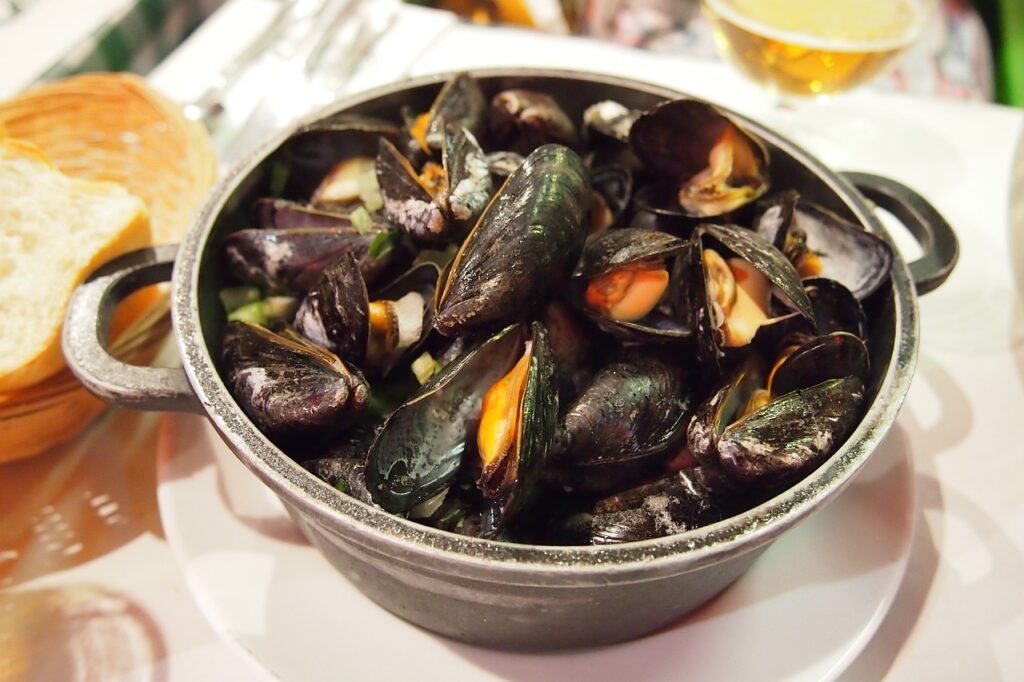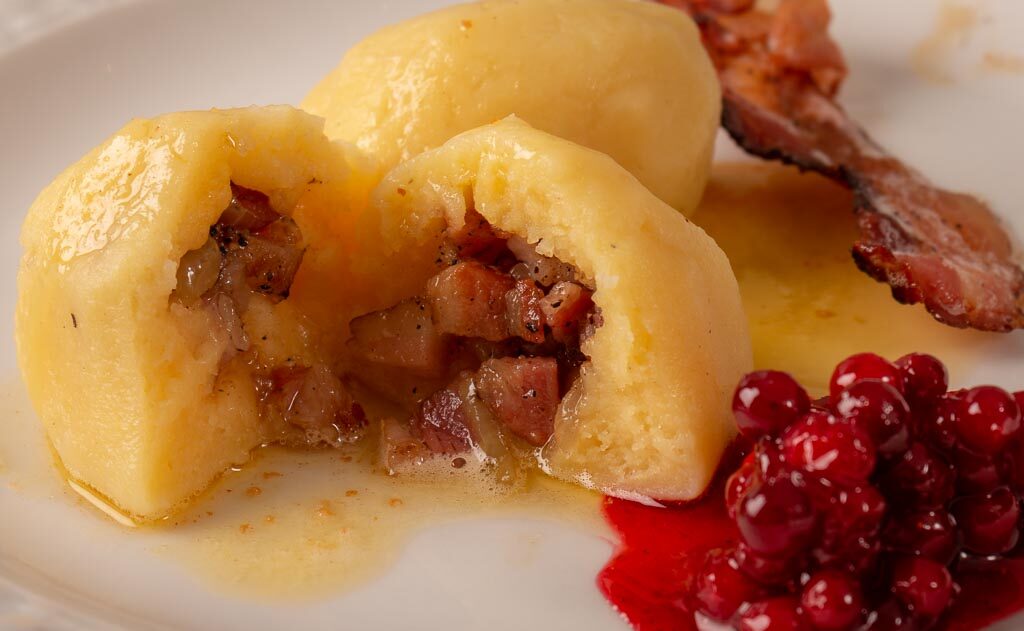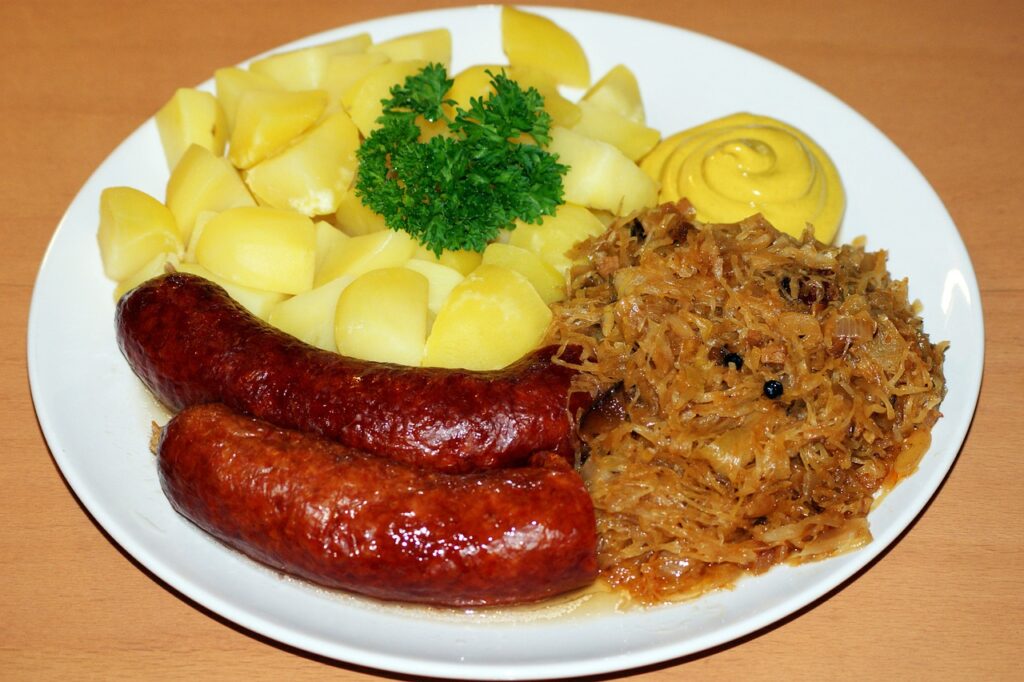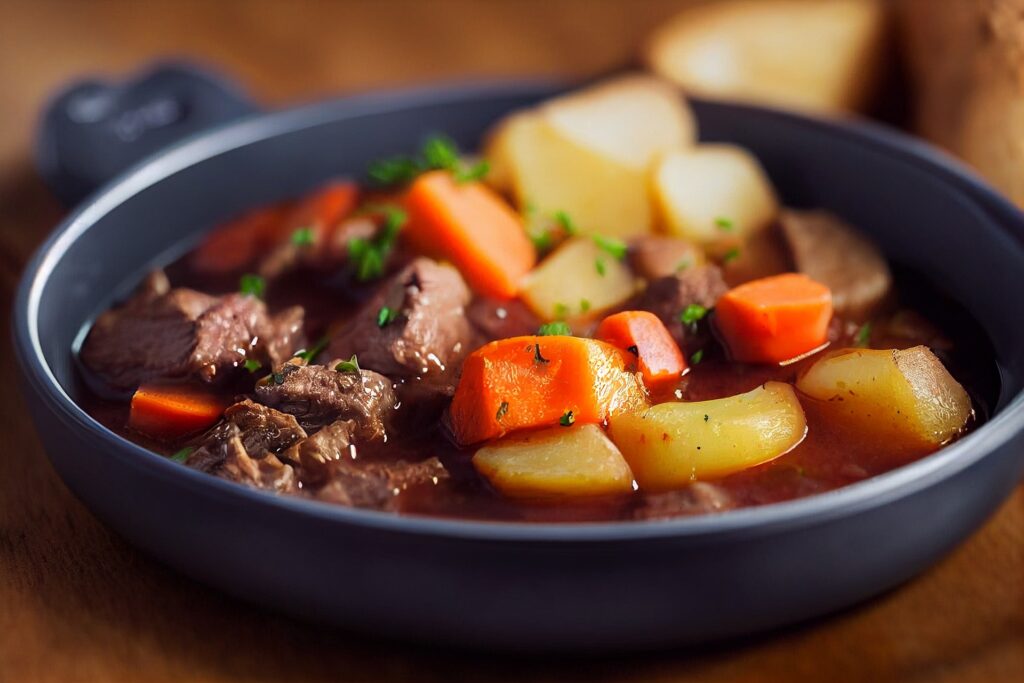What do Swedes eat for dinner? It’s not just meatballs
Sweden isn’t well-known for its food and spices. If you ask anyone, what do Swedes eat for dinner, many would probably think of the iconic meatballs served with lingonberries and creamy mashed potatoes. However, Swedish cuisine extends far beyond than meatballs and lingonberries. In fact, we have a rich tapestry of flavors and ingredients that reflect the country’s vast natural resources, history, and cultural influences.
In this article, we will introduce to you the delicious world of Swedish dishes that showcase the true variety of this country’s cuisine. From the seafood delicacies of the coastlines to the comforting “Husmanskost” food from the countryside, Sweden presents a diverse culinary landscape waiting to be explored.
“Husmanskost”
At the heart of Swedish cuisine is “Husmanskost,” a term that translates to “house owner’s food” or putting it simply, comforting and hearty dishes that have been passed down through generations. Let’s dive into what Swedes typically eat for dinner and explore some beloved Husmanskost dishes.
If you want to have authentic Husmanskost, then you should head to the countryside. There you will find small local family-run restaurants and cafes that serves it. Even some farms has it too!
Toast Skagen: The Best Cold Starter
Toast Skagen is a classic Swedish appetizer, it’s a staple on the Swedish menu and a favorite in Scandinavian countries. The dish consists of a small piece of toasted bread topped with a mixture of prawns or small shrimp, mayonnaise, and dill. The shrimp mixture often includes other ingredients such as crème fraîche, horseradish, and lemon juice to enhance the flavor. It is typically garnished with fresh dill and sometimes crowned with a spoonful of fish roe to add to the flavor.
Västerbottensostpaj: A Salty Quiche
The famous “Västerbottensostpaj” is a quiche made with Västerbotten cheese, giving it a distinct and robust salty flavor. It’s a popular dish at Swedish dinner tables, especially during festive occasions. It is not as rich as a regular quiche, but it still has a creamy feel to it.
Renskav: Tastes of the Wild
Starting in the north, “Renskav”, thinly sliced reindeer meat sautéed with onions, mushrooms, and cream, is a dish that brings the wild flavors of the Swedish forests onto the dinner table. Often served with mashed potatoes or flatbread, it offers a unique taste of the Lapland wilderness.
Bohusläns Blåmusslor: A Coastal must Taste
Moving to the West Coast, “Bohusläns blåmusslor” are blue mussels from the Bohuslän region, known for their richness and flavor. Usually steamed in white wine with herbs and served with fresh bread or fries, they reflect Sweden’s loving relationship with its coastline. They also taste absolutely amazing and fresh.
Ostkaka: The Conclusion to a Meal
No traditional Southern Swedish dinner is complete without a dessert like “Ostkaka,” which reminds you of a cheesecake, but with heavy almond flavor. Made from almonds, eggs, and cottage cheese, it is a beloved dessert, typically served warm with jam and whipped cream.
Kroppkaka: Swedish Dumpling
“Kroppkaka” is a large, boiled potato dumpling, typically filled with onions and pork or bacon or even pig blood. Served with lingonberries and melted butter, it’s a beloved dish that embodies the heartiness of Swedish comfort food. It is more popular in Southern Sweden and at times it isn’t the most visually appealing dish.
Ärtsoppa: Representing Tradition and Culture
Traditionally eaten on Thursdays, “Ärtsoppa” is a thick pea soup served with mustard and bread or crisp bread. It is also the most common answer to the question, what do Swedes eat for dinner, if you ask a Swede. The reason why Swedes ate it on Thursdays is probably because you fast on Friday during the Catholic Middle Ages, and that people therefore would eat a proper hearty meal the day before. Today, it is something you have together with your dinner or lunch.
Isterband: A Smoky Sausage
“Isterband” is a slightly sour, smoked sausage made from pork, barley, and potatoes. Unlike a regular sausage, it is not chewy. It melts the moment you put it in your mouth. Served with dill-stewed potatoes and pickled beetroot, it’s a testament to the Swedish love for contrasting flavors.
Raggmunk: The True Swedish Pancake
“Raggmunk,” a hockey puck like potato pancake fried in butter, is typically served with thick bacon slices and lingonberries. This dish is a perfect example of the Swedish knack for turning simple ingredients into a delicious meal. Also known as the lazy meal because of how easy it is to cook it.
Hånnlamb: The Flavor of Tradition
“Hånnlamb” refers to lamb from the Hån region, known for its quality and taste. Not many outside Sweden know about this delicacy. This traditional dish, often slow-cooked with root vegetables and herbs, showcases the simplicity and purity of Swedish farm-to-table cooking. Nothing fancy is needed.
Bruna Bönor med Fläsk: A Comforting Classic
“Bruna bönor med fläsk,” or brown beans with pork, is a staple Husmanskost dish that combines sweetness and saltiness, often enjoyed during the colder months in many households. The USA has bacon and eggs, Sweden has sweet brown beans and salty pork side. If you are hungry, you could add boiled potatoes.




